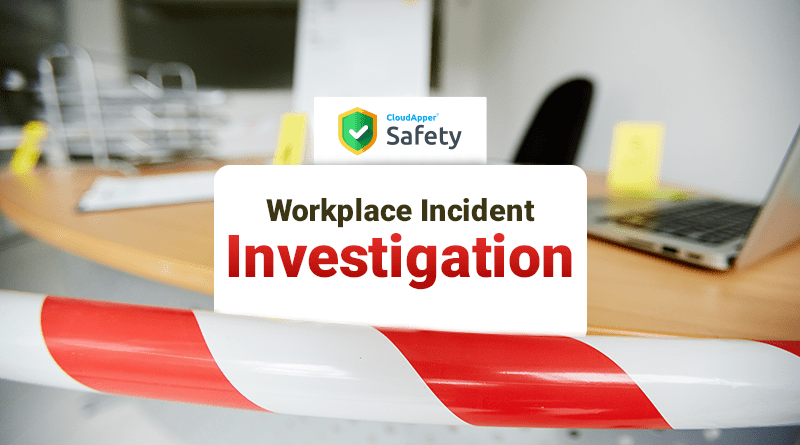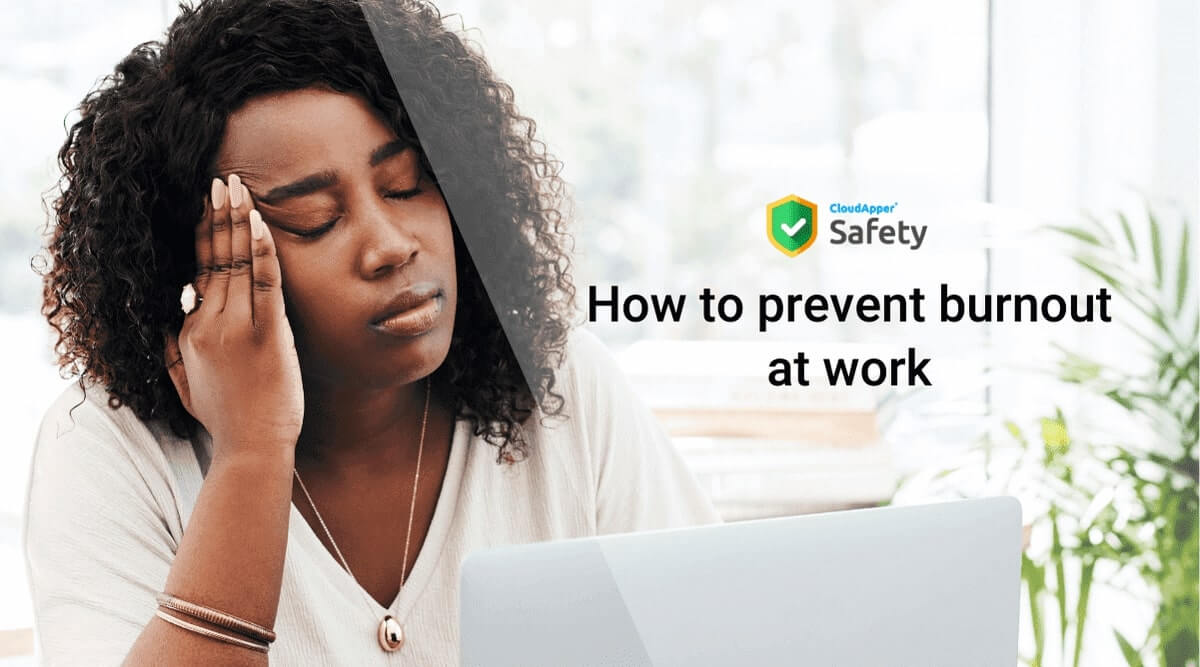Table of Contents
You don’t want to consider what might happen if something goes badly wrong. But, despite your best efforts, things might still go wrong.
And when that happens, you’ll need to be ready for what follows, as well as how to deal with the consequences properly. It may appear to be a straightforward question. In reality, executing it incorrectly might land you in even more trouble, not only in terms of legal compliance, but also in terms of fostering a dangerous workplace safety culture. Here’s what you need to know as a manager.
The Investigation Process for a Workplace Incident
The following is a general outline of how to investigate a safety incident:
- Examine the injury.
- If necessary, seek medical attention.
- Employees and witnesses should be interviewed.
- Keep an eye on the accident scene.
- Examine the information accessible to you.
- Make a claim for workers’ compensation.
- Keep in touch with the injured worker.
- Determine the cause of the problem and take appropriate action.
Regardless of the type of accident, the purpose of the inquiry should always be the same: to find the root cause and prevent it from happening again. The key is to understand how other employees fit into the picture.
What should be looked into in a workplace incident investigation?
OSHA actively urges businesses to examine all occurrences in which an employee is injured, as well as near misses in which someone could have been seriously injured if the circumstances surrounding the incident had gone differently.
This includes the following:
- Fatalities
- Injuries
- Illnesses
- Close calls
Remember that a close call is one step away from becoming a recordable event, and if the core causes aren’t addressed, it could become one the following time.
Who should be in charge of the investigation?
So, who should be in charge of the investigation? An investigation should ideally be done by someone who is familiar with sound investigative techniques, understands causality models, is familiar with legal requirements, and is familiar with the specific work scenario, among other things. In other words, an inquiry should always include at least one experienced EHS team member.
While OSHA does not require that employees be included in incident investigations, it strongly advises employers to do so.
Remember that, while EHS teams have the analytical tools and abilities to look for underlying causes, it was employees who were on-site at the time of the accident. They’re the ones who do this job on a daily basis. They may be able to supply crucial information that an EHS manager would otherwise overlook.
There’s also the issue of safety culture to consider. If you want your staff to be devoted to safety, involve them in the problem-solving process when anything goes wrong. This fosters a sense of responsibility and ownership.
Your EHS Compliance Partner
CloudApper Safety EHS management software allows you to go deep into what really happened with a strong, accessible interface. You’ll have the information you need to make informed judgments and take appropriate corrective action.
What is CloudApper AI Platform?
CloudApper AI is an advanced platform that enables organizations to integrate AI into their existing enterprise systems effortlessly, without the need for technical expertise, costly development, or upgrading the underlying infrastructure. By transforming legacy systems into AI-capable solutions, CloudApper allows companies to harness the power of Generative AI quickly and efficiently. This approach has been successfully implemented with leading systems like UKG, Workday, Oracle, Paradox, Amazon AWS Bedrock and can be applied across various industries, helping businesses enhance productivity, automate processes, and gain deeper insights without the usual complexities. With CloudApper AI, you can start experiencing the transformative benefits of AI today. Learn More





















